A Comprehensive Guide to Cowboy Boots in 2024
Cowboy boots have a rugged charm that’s hard to resist. But the best part is you don’t have to be a cowboy in order to wear them.
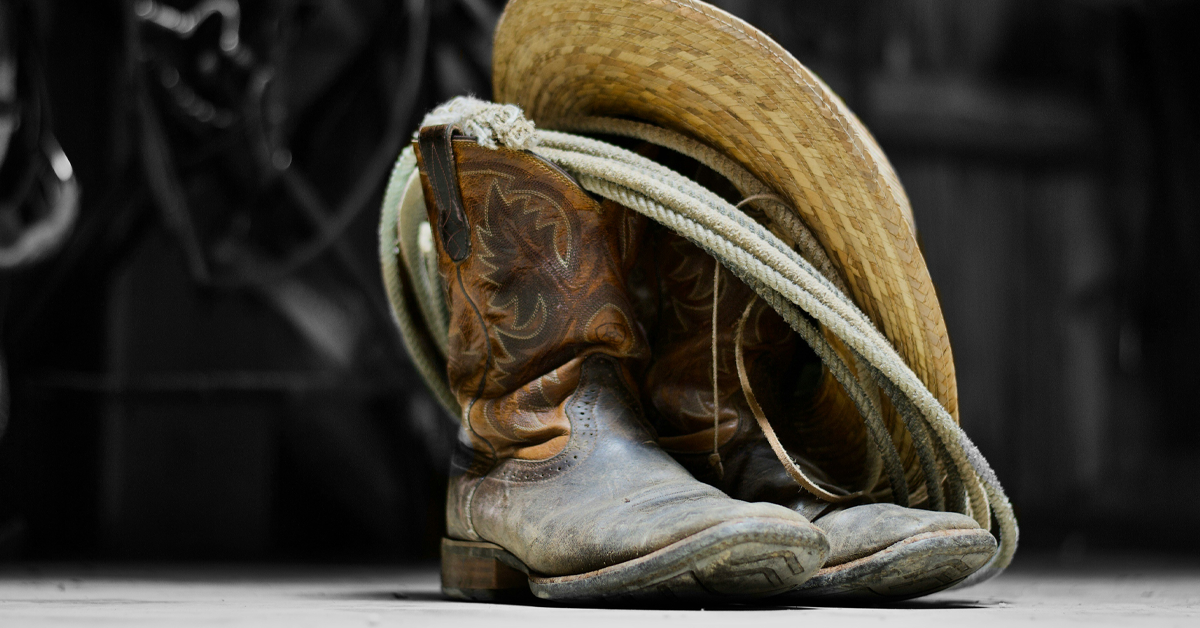
If you’re an American man, I bet you would’ve dressed up as a cowboy at some point in your childhood.
This guide is written with the purpose of helping anyone who is looking to wear cowboy boots but doesn’t know where to get started.
For centuries, cowboy boots have held a special place in the heart of American culture. They’ve adorned the feet of cowboys, ranchers, and rodeo stars. Today, they’ve also nestled their way into the hearts and closets of folks from all walks of life.
The combination of Western flair, durability, and comfort makes them a true fashion staple. They’re more than just footwear; they’re a statement.
Picking the right cowboy boots is crucial for comfort, style, and functionality. With so many options out there, it can be quite overwhelming to pick the right pair of cowboy boots. Don’t worry! We’re here to simplify the process.
Origins and Evolution of Cowboy Boots
Nobody knows the person who invented the cowboy boots. But it’s widely believed that the first cowboy boots were crafted by a shoemaker in either Texas or Kansas after the 1865 Civil War ended.
The need for specialized footwear for cowboys arose from the impracticality of their military boots during long cattle drives. In the 1870s, a resourceful cowboy visited a local shoemaker to request a unique boot design. He sought a high top to protect against hazards like snakes and thorns, scalloped edges for easy donning, a pointed toe for effortless stirrup use, and a high, slanted heel for a secure grip on the stirrup.
These boots were designed for function, with thick leather to protect ankles and prevent chafing. The stitching was external to prevent leather buckling and rubbing against the cowboy’s leg.
Initially, cowboy boots were handmade and custom-fitted by cobblers, but later, mail-order boot companies emerged to meet the demand.
In the 1930s and 40s, the influence of Hollywood and Western films transformed cowboy boots from purely practical gear into a fashion statement. Simple designs gave way to colorful stitching, sewn-on patterns, and hand-tooling. This change was driven by the “fashion-forward” boots worn by stars like John Wayne and Gregory Peck.
Over the years, cowboy boots have adapted to the changing fashion trends, and today, they’re available in various styles and types of leather, such as cowhide, alligator, ostrich, snakeskin, bison, and buffalo.
Despite their diverse history and styles, cowboy boots remain practical, hardworking, and a bit rugged, just like the cowboys who wear them.
The Anatomy of Cowboy Boot Construction
The iconic cowboy boot, while seemingly straightforward in design, boasts an array of components that contribute to its unique character.
Even those who consider themselves seasoned boot wearers might not be familiar with all the distinct parts that make up these Western staples.
I’ve put together the components of a cowboy boot from heel to toe, and their functionality so you don’t have to stay mind-boggled, especially if you’re new to this cult.
Shaft
The boot shaft is the tall part that gives these boots their distinctive look. It begins at the heel and extends upward, hugging the leg. Cowboy boot shafts come in a wide range of styles and lengths, with unique designs that can include decorative inlays, overlays, stitching, and variations in shaft height.
Vamp
The vamp is the part of the boot that covers the top of your foot and is the part that can be seen the most when you wear pants over the shaft. This part’s aesthetics are crucial, especially for those who prefer their pants covering the boot’s shaft, as it sets the tone for the entire look.
Counter
The counter is the rear lower section of the boot, where your heel rests. Some boots, like Alvies boots, feature a heel counter – an insert that reinforces the heel cup, enhancing support and comfort.
Instep
The instep, located on the top of your foot inside the boot, significantly influences the boot’s fit, shape, and overall comfort. Finding the right balance in instep snugness is crucial to prevent foot discomfort and ensure ease of wearing and removal.
Last
The last, a foot-shaped plastic mold, plays a pivotal role in boot construction. It determines the instep’s structure, which in turn influences the fit of the boot. Lasts come in various sizes and are tailored to the boot’s width and size, usually indicated by a letter for width and your usual size number.
Piping
Also known as a side seam, piping refers to the stitching that runs along the side of the shaft, holding it together while adding a decorative touch.
Toe Box
The toe box, located at the tip of the boot, covers and protects the toes. It is a rigid element inserted between the boot’s outer leather and liner, contributing to the boot’s shape and durability.
Pull Strap
The pull strap, located at the upper part of the boot shaft, serves as a handy feature that makes slipping on and off the boots a breeze.
Heel
Heels come in various heights and designs ranging from 1 to 2 inches, and it contributes to the boot’s overall style.
Outsole
The outsole is in direct contact with the ground and is the part that provides traction and protection against wear and tear. It’s usually made using materials like leather or rubber.
Insole
The insole sits snugly between the midsole and your foot, playing a crucial role in ensuring your comfort. In high-quality boots, you’ll often find leather insoles that gradually conform to the shape of your feet
Midsole
The midsole serves as a cushioning layer and provides shock absorption. Quality bootmakers, opt for leather due to its superior cushioning properties, durability, and the ability to conform to the foot.
Welt
The welt is like a sturdy strip, typically made of leather. It links the upper part of the boot to the sole. It serves as a protective and reinforcing layer, helping to hold the boot together and providing additional durability.
Shank
Think of the shank in cowboy boots as the hidden hero. It’s like the secret support system working behind the scenes. Its job is to make your feet feel comfy and keep you steady. The shank also acts as a shield, keeping your feet safe from sharp stuff on the ground.
Arch Support
Arch support in cowboy boots is like having a personalized cushioning system for your feet. It’s the secret sauce for all-day comfort and healthy foot posture.
This feature helps distribute your body weight evenly, reducing fatigue and the risk of painful conditions like plantar fasciitis. With good arch support, you’ll stand taller, walk more naturally, and ensure your feet remain content.
Did you know that the reason why cowboy boots have no laces? It’s for safety reasons because in case a cowboy falls off the horse, the laces wouldn’t get caught in the stirrup and drag the cowboy.
Goodyear Welt vs Cement Construction
Now that you know the components that makeup cowboy boots, let’s understand the ways in which these timeless boots are made.
How boots are put together makes a big difference in durability and comfort.l Goodyear Welt and Cement construction are two common techniques, and each has its own set of advantages and drawbacks.
Think of Goodyear Welt construction as the artisan’s approach to making cowboy boots. This method involves stitching the sole of the boot to the upper part using a durable, welt strip.
What’s more, these boots are repair-friendly. If the sole wears down, a cobbler can replace it without harming the upper. But quality comes at a cost; Goodyear Welt boots are typically pricier. They might be a tad heavier due to the extra layers.
On the other hand, cement construction is more like the factory approach to bootmaking. In this method, the sole is glued directly to the upper. Cement construction boots are usually budget-friendly, making them accessible for those seeking cowboy boot style without a hefty bill.
Cement-constructed boots are lightweight because it doesn’t have a welt. However, they may not hold up as well under intense wear and tear as Goodyear Welt boots. The glued sole could wear out or come loose, and resoling these boots can be tricky without damaging the upper, which could shorten their lifespan.
Which is better, Goodyear welt or Cement-constructed cowboy boots?
If you prize durability, repairability, and don’t mind the added weight and expense, Goodyear Welt is the way to go. But if you’re looking for a more budget-friendly, lightweight option, then cement construction might be your better choice.
Rubber soles vs Leather soles
Choosing the perfect sole for your cowboy boots is a crucial decision since it can significantly affect how comfortable, stable, and well-performing your boots will be.
There are two primary options for boot soles: rubber soles and leather soles.
Let’s explore these differences in more detail to assist you in making the right choice.
If you’re in the market for boots that’ll keep you steady on your feet and give you that extra grip, rubber soles are the way to go. They’re not just slip-resistant but also super low-maintenance, so you won’t have to worry about pampering them with special treatments. Plus, they’re known for their impressive durability compared to leather soles.
When it comes to keeping your feet comfortable, rubber soles absorb more shock, and they’re pretty tough against wear and tear. For farm work, ranching, and even horseback riding, boots with sturdy rubber soles are your top choice. They’ll provide the reliable support you need for all those exciting and demanding outdoor escapades.
Leather soles are often praised for their comfort, thanks to their ability to gradually conform to the unique shape of your feet and their inherent breathability. Cowboys and cowgirls have always had a soft spot for leather soles due to their easy maneuverability when it comes to sliding into stirrups and gliding across the dance floor to the rhythm of a favorite country Western tune.
Another perk of having leather-soled cowboy boots is it could be resoled once you start to see signs of wear and tear. However, you must keep in mind that a leather sole is much more slippery and not as durable as rubber soles, especially if you’re wearing them to work every day.
Some cowboy boot manufacturers use hybrid soles. These are a great choice if you are looking to get the best out of leather and rubber. They combine the classic appeal of leather with the practicality of rubber. A leather sole is injected with rubber at the ball of the foot, providing oil and slip resistance for improved traction compared to conventional leather soles.
What are the main Cowboy Boot Styles?
Over the years, cowboy boots have had numerous modifications, resulting in a wide range of styles. Every type of cowboy boot boasts its own set of distinct features and characteristics, tailored to accommodate a range of tastes and preferences.
Nowadays, it’s no surprise to spot all sorts of cowboy boot styles at a Friday night get-together, a friend’s wedding, or even at work.
Traditional Western Boots
When you’re talking about Classic Western boots, think of a 12-inch shaft and a simple, no-fuss design. These are your all-around, everyday Western boots which were ideally crafted for horse riding.
Roper Boots
Roper boots are a branch of the classic Western boot family, initially designed with cattle roping tasks in mind. These boots feature a lower heel and a shorter shaft that stops just below your calf. This makes them an excellent choice for extended walks or running, prioritizing comfort and ease of wear.
Short Cowboy Boots
Also known as the “shortie,” they are shorter versions of the traditional cowboy boots. The average height of the shaft ranges between 6 to 10 inches. They slip on and off with ease, feel comfy in warmer weather, and have that modern style flair.
Exotic Cowboy Boots
The term “exotic cowboy boots” is derived from their use of rare and uncommon materials. These exceptional Western boots can be crafted from unique materials like alligator skin or fish skin leather, and they are typically favored for formal occasions.
Work Cowboy Boots
Cowboy work boots take cues from your regular work boots. They come equipped with a sturdy, non-slip rubber sole that offers grip and safeguards against the challenges of rugged, uneven terrains like construction sites. Plus, they often feature a broader, more rounded toe, and in some cases, it’s reinforced with steel for extra durability.
Dress Cowboy Boots
Dress cowboy boots are all about the finer details. They come with intricate stitch work, and beautiful embroidery, and they often use higher-quality materials than your typical boots. You’ll find some dress boots that have that stylish, pre-worn look, while others are stained to create a unique, aged patina, giving them a distinct character.
Buckaroo Boots
The Buckaroo boot is designed to steal the show. With its significantly taller shaft compared to the Classic Western (extending over 14 inches), it stands out with its bold design and prominent stitching. This attention-grabbing style is a top choice among artists and showmen, as it draws the spotlight to the rider, making it perfect for those who want to make a striking impression in the arena.
Motorcycle Boots with a Western Twist
Although they might not be the first thing that comes to mind when you think of Western boots, riding boots have a place in both English and Western riding circles. These boots feature less ornamentation compared to Western cowboy boots. What makes them stand out are the heel height and shaft length – these features are the giveaways that tell you they’re part of the same family.
Stockman Boot
The Stockman Boots are designed for the man who isn’t going to get into the saddle.
These boots blend the practicality of work boots with the intricate detailing found in Classic Western designs.
They come with a rubber sole, a slightly lower heel, and a roomier toe box, which adds to their comfort for various activities. What sets Stockman boots apart is their eye-catching colored stitching and the distinctive deep throat, known as the Scallop.
Toe shapes
Cowboy boots come in a range of different toe styles and it can be hard to choose one from the list if it is your first pair.
Here are a few of the toe styles on cowboy boots you’d encounter most frequently.
How to wear cowboy boots?
When it comes to Western-style outfits outside of the American Southwest, a good guideline is to limit yourself to just one Western-themed item per outfit.
If you’re wearing cowboy boots, consider pairing them with a sleek belt and a jacket, rather than going all out with a cowboy shirt and a bolo tie. The goal is to convey a deliberate fashion statement, not to look like you’re dressed up for a costume party.
Cowboy boots generally belong to the realm of casual and social wear, unless you happen to be in Texas where they might pass for business attire. So, for a stylish look, think about combining them with relaxed jackets and trousers.
Collared shirts are a fantastic choice if you want to rock cowboy boots with style. While a T-shirt and blue jeans can be spot-on for a country music show. For other occasions, it’s advisable to opt for something a bit more sophisticated. A plain white dress shirt can work wonders, or you can experiment with more casually patterned shirts.
When it comes to jeans, lean towards dark, well-fitted pairs, avoiding the light blue associated with work jeans. Opt for a boot-cut style, and remember, it’s typically best not to tuck your jeans into the boots unless you’re genuinely engaging in horseback work.
Dress trousers or even casual suits can also be paired with cowboy boots, just ensure there’s enough room in the leg to prevent the boot shaft from causing any unsightly bulges.
Jackets play a pivotal role in elevating your look from “urban cowboy” to “sharp dresser.” In metropolitan settings, it’s often a good rule of thumb to wear cowboy boots with a jacket. The jacket adds a touch of sophistication that a shirt alone can’t quite achieve.
As for hats, they can be a bit of a stretch. If you’re aiming to emphasize the cowboy vibe, a tasteful felt Western-style hat can complement your Western boots. However, don’t go down this path unless you’re fully committed to having people immediately think “cowboy” when they see you.
Also read: Should You Get Square Toe or Round Toe Cowboy Boots?
When it comes to belts, those with decorative buckles or leather material make excellent companions for cowboy boots. You don’t need an extravagant buckle adorned with turquoise inlays or a rattlesnake skin belt; just something a bit more ornate than your typical dress belt should do the trick.
For outerwear, denim or leather jackets offer a more relaxed alternative to the dressier sports jacket. It’s essential not to overdo the casual styling, as cowboy boots already bring a casual flair. A jacket with lapels tends to be more fitting than one without. Alternatively, a long trench coat pairs naturally with Western boots. On the flip side, steer clear of billowing leather dusters unless you’re aiming for a full-blown costume look.
Lastly, spurs are reserved for specific types of riding. If you’re not planning to mount a horse anytime soon, it’s best to leave the spurs off your boots.
The whole idea behind these specific details is to create an outfit that gives a nod to your boots without making them the sole focus.
The aim is to appear comfortable, laid-back, and capable – qualities we often associate with cowboys and Western culture.
If you are going to wear cowboy boots in a city, you also want to strike a slightly more refined look than a genuine rodeo cowboy.
For a tried-and-true cowboy boot ensemble, consider pairing dark jeans with a crisp white shirt and top it off with a brown or gray jacket that has a relaxed, comfortable fit. Complement the look with a stylish decorative belt and a paisley pocket square reminiscent of traditional bandanas. This way, you’ll exude both style and individuality.
FAQs?
Are cowboy boots comfortable?
Cowboy boots offer great comfort and provide excellent support for your feet, but it’s crucial that they fit properly to maximize that comfort. Interestingly, some people call certain cowboy boots the pajamas for the feet.
Are cowboy boots business casual?
Yes, Cowboy boots are a suitable choice for a business casual attire. A rounded or pointy-toe boot gives a nicer look than a square toe. Make sure to choose a full-grain leather boot without too many flashy designs.
Should I size up or down in cowboy boots?
Mostly you’re supposed to get a half size down or even one full size since boots tend to fit bigger than your Jordans. But the best fit ultimately depends on your individual foot shape and how you want the boots to feel. Therefore, it’s best if you can wear it before making your purchase.
Can you wear cowboy boots every day?
Many people wear cowboy boots as part of their regular wardrobe. Whether for work, casual outings, or special occasions, there’s always a cowboy boot that suits the attire. To ensure everyday comfort, select a pair with a comfortable fit and consider features like lower heels or cushioned insoles.
Should I wear socks with Cowboy boots?
Absolutely, wearing socks prevents blisters and gives you more comfort. Socks can help wick moisture away from your feet and provide additional comfort. They can also prevent your boots from getting sweaty and odorous.
Are there vegan or synthetic cowboy boots available?
Yes, there are synthetic and vegan cowboy boots made from non-animal materials, offering an ethical and cruelty-free alternative.
What are the differences between men’s and women’s cowboy boots?
The basic design of cowboy boots remains similar for both genders, but there are a few differences in fit and style. Women’s cowboy boots often have a narrower and more tapered shaft, while men’s boots typically have a wider and straighter shaft.
Post Tags:

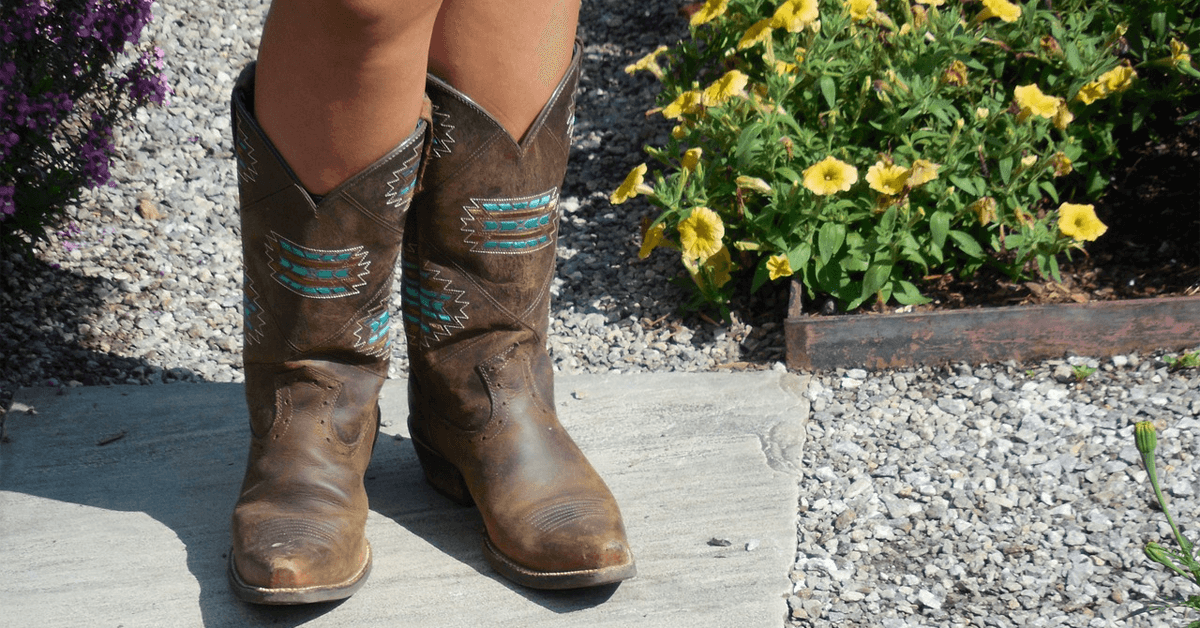
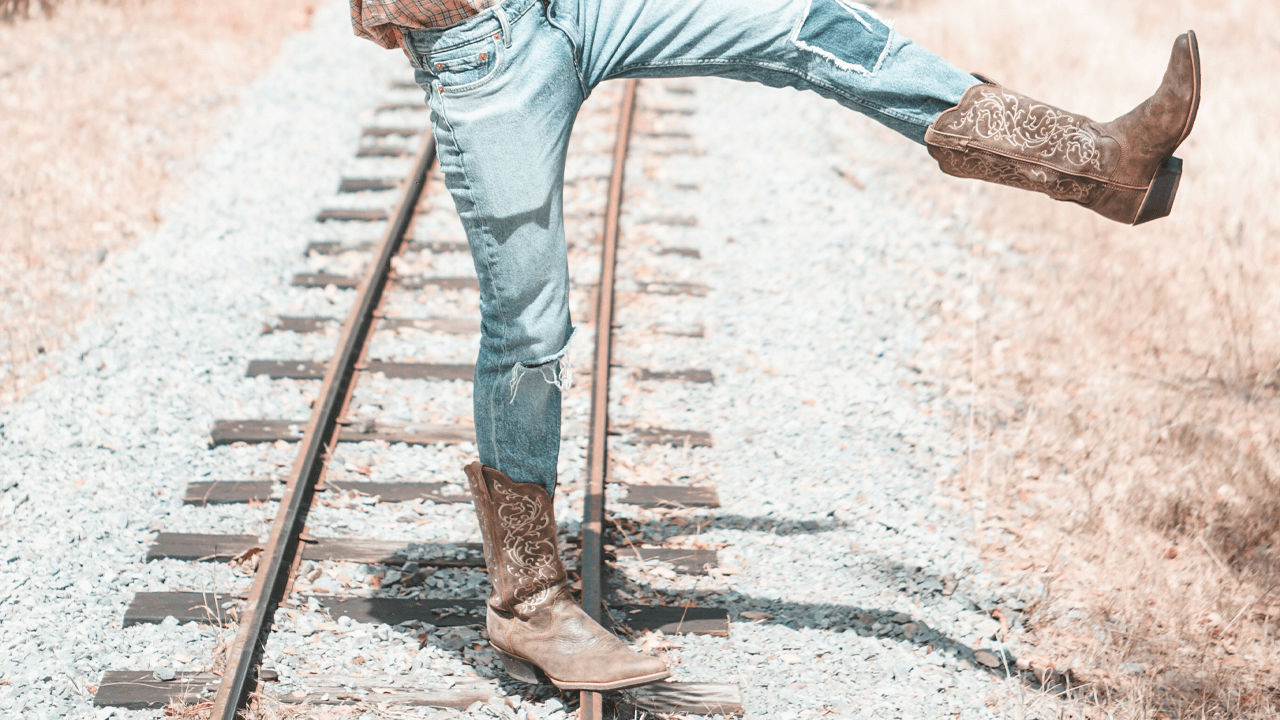
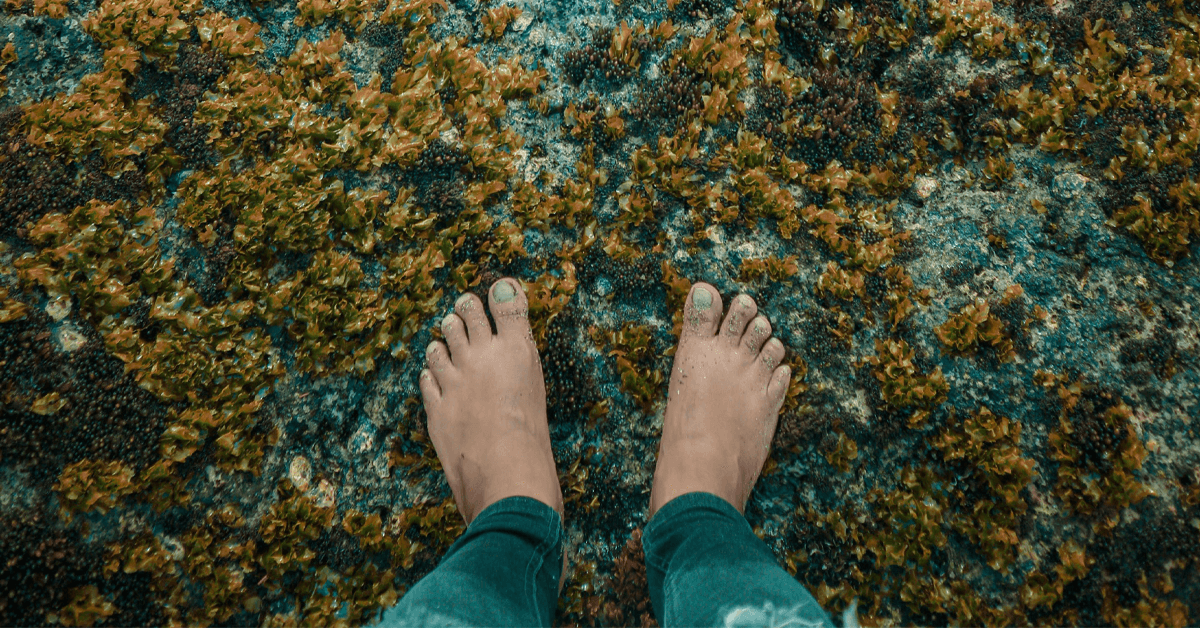
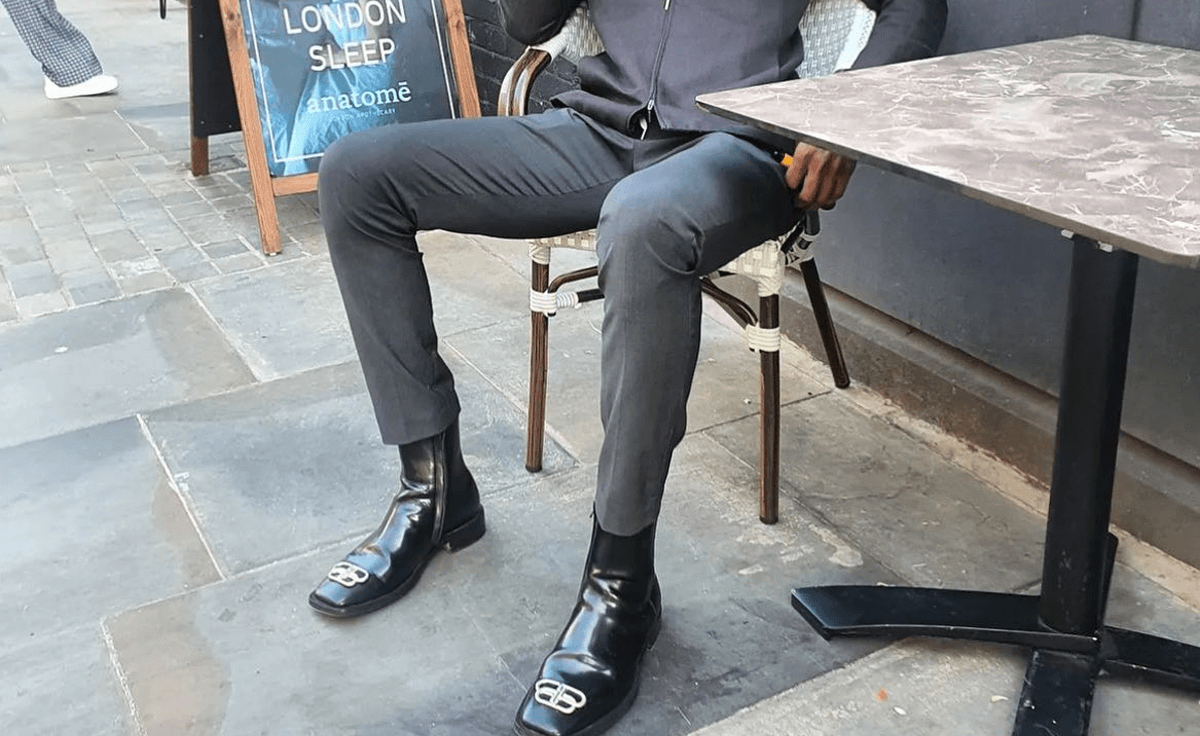
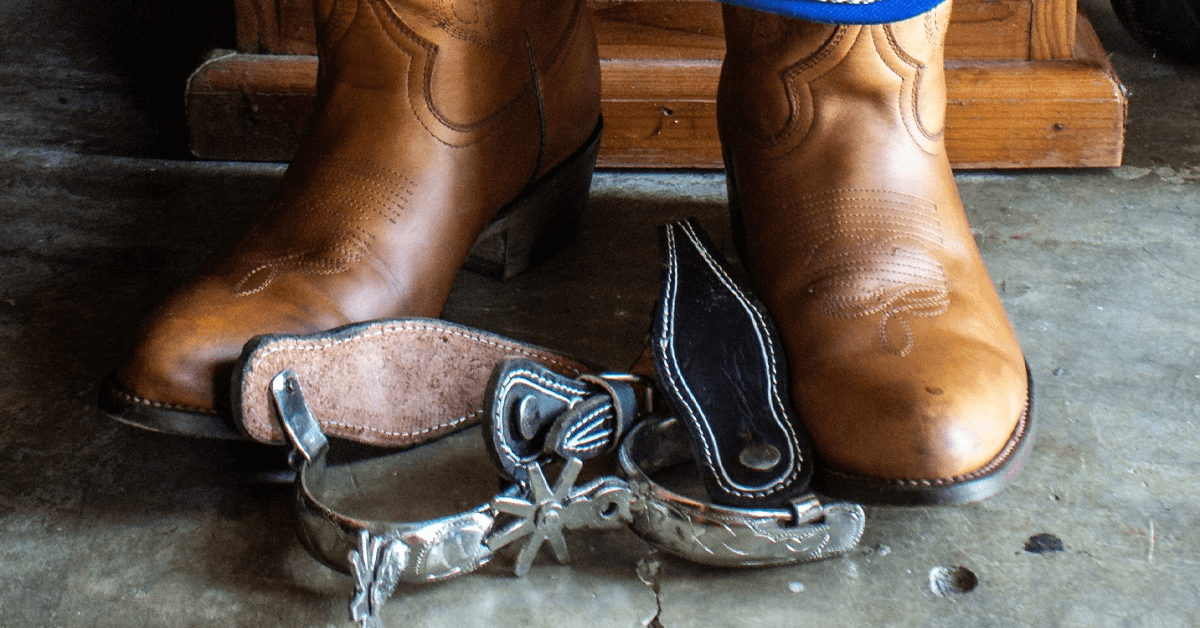

5 Comments